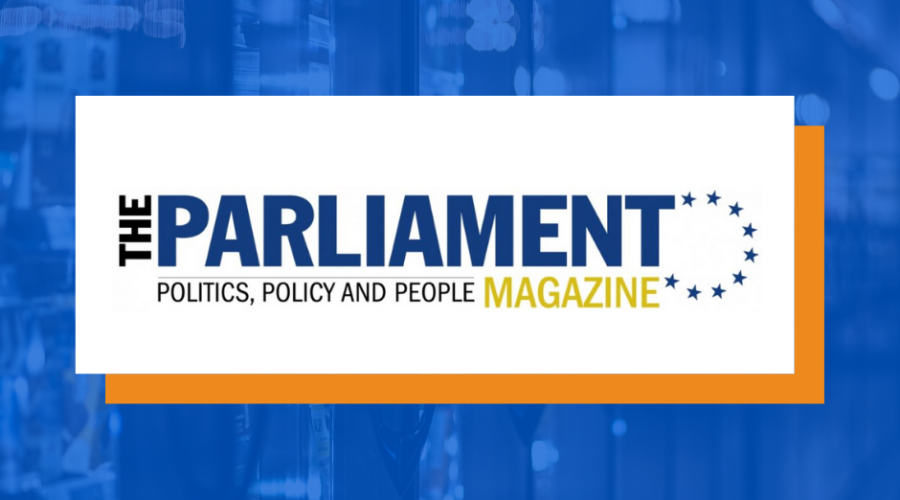Instead of banning all PFAS, let’s assess them individually
Growing calls to end the use of so-called “forever chemicals”, used in everything from non-stick frying pans to medical equipment, risk causing unnecessary supply chain disruption and illicit trade
Recently, calls for a complete ban of per- and polyfluoroalkyl substances (PFAS), also known as “forever-chemicals”, have intensified in the EU. Germany, the Netherlands, Norway, Sweden and Denmark spearheaded a consultation on PFAS to collect the evidence to kick-start this process. Belgium is also tightening its PFAS regulations.
The EU already regulates some uses of PFAS. In line with the Stockholm Convention, the 2019 EU’s Persistent Organic Pollutants (POPs) Regulation restricts the use of Polydioctylfluorenes (PFOS), a group of PFAS. A year later, the European Food and Safety Agency (EFSA) introduced thresholds for four PFAS in food.
Over the past few years, multiple EU Member States have pushed for regulation of individual PFAS. In 2018, Sweden and Germany jointly called on the EU to ban six long-chain PFAS. The greatest anti-PFAS sentiment comes from the Nordic countries, where restrictive national legislation has been introduced.
Sven Giegold, Speaker of the German Green Delegation in the European Parliament, proposed banning all PFAS “so that manufacturers cannot simply switch to chemically similar compounds that are not yet regulated”. The Greens point to the dangers associated with the PFAS water contamination and health risks.
However, while it might be tempting to act on a whim and ban all PFAS single-handedly, we should take a step back. The complete ban would be a knee-jerk reaction to an issue that requires careful and ideology-free risk analysis.
Under the PFAS umbrella, there are between 4500 and 6000 chemicals. These man-made structures have been in use since the 1940s and have become extensively entrenched in our supply chains. The main reason for this is PFAS’ outstanding water, oil, and acid resistance and surface tension lowering properties.
Without PFAS, vital pieces of medical equipment would be difficult, even impossible, to produce. Surgical gowns, curtains, and floor coverings that contain PFAS help protect doctors from infections during surgeries. A wide variety of life-saving medical equipment uses PFAS. Stent-grafts, or fluoropolymer heart patches, used to cure various heart diseases, have helped millions of patients globally. The durability and reduced contamination of COVID-19 protective equipment is another example of PFAS’s multiple benefits.
PFAS also do carry some risks. When dumped into the water supply or used in excessive amounts, PFAS pose a considerable danger to our health and wellbeing. Much like many products and chemicals used in our daily lives, PFAS are not risk-free. That, however, doesn’t warrant a complete ban. A 2021 study by the Australian National University found that the exposure to PFAS comes almost entirely from water. The risks associated with consumer items are nearly non-existent.
Because of PFAS’s overreaching use, the advocated ban will disrupt entire supply chains and shift production to countries with no respect for PFAS use thresholds or the environment, such as China. As long as the demand for a specific product – or production component – is there, and alternatives are either unavailable or less effective, the ban will only be exploited by producers in countries with no care for environmental safety standards or made available in the black market.
In the EU, illicit trade in pesticides alone – which have been subject to many bans and regulations – accounts for €1.3 billion annually, equal to the entire economy of Seychelles. A PFAS ban will only exacerbate these numbers unless the group approach is replaced with an individual risk assessment.
PFAS are diverse chemicals, many of which have become an indispensable part of crucial production processes such as the manufacture of medical equipment. Some PFAS, on the other hand, do pose a danger to our health and might require further restrictions or bans. Throwing all PFAS in the same basket out of precaution is neither economically nor scientifically sensible.
To protect European consumers, the European Union should opt for an individual risk assessment This would prevent unnecessary supply chain disruptions and illicit trade spikes. Europe can do better if it chooses science over populist calls for a complete PFAS ban.
Originally published here








